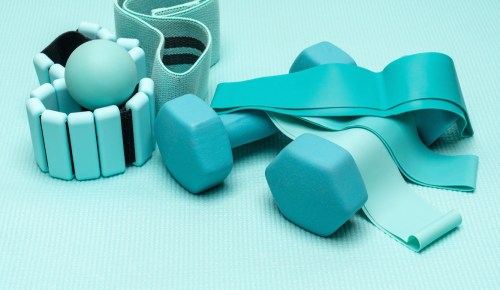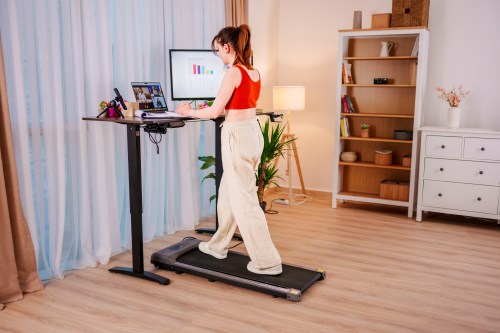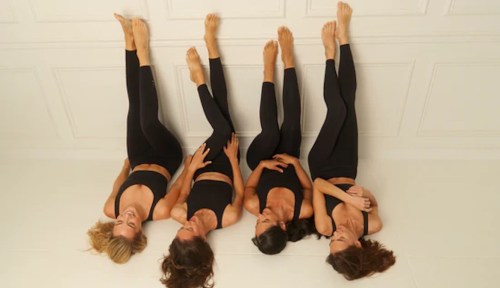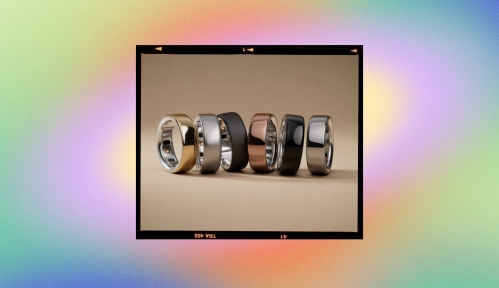Our editors independently select these products. Making a purchase through our links may earn Well+Good a commission
If running shoes were furniture, the “barefoot” variety that have been enjoying popularity recently would be a thin floor pillow. But the new, trendy, super-cushioned models that you might be spotting on sidewalks and treadmills? Think comfy La-Z-Boy recliner.
Yes, despite the fact that some resemble short moon boots, many runners are embracing “maximalist” shoes for the same reasons minimalist shoes were once touted: to reduce the risk of injury and improve performance.
“We’ve definitely seen the pendulum swing back toward shoes with some degree of cushioning and support,” observes Kate Reese, an expert fitter at specialty shop Brooklyn Running Co. “Most runners are finding that minimally cushioned, flexible shoes can be a useful addition to their ‘toolkit’ of footwear, but that some cushion helps mitigate the aches and pains that accompany running on concrete and pavement.”
At the forefront of this “maximalist” movement are ultra-runners who cover extreme distances and professional athletes who are pounding on their joints super regularly. Many, like Olympic medalist Leo Manzano, have embraced Hoka One One’s visually conspicuous kicks. If Vibram’s toe-glove FiveFingers were the icon of the barefoot era, Hoka’s platform-reminiscent soles paired with wild, bright designs are it for the maximalist movement.
Funnily enough, despite the wildly different construction, Hoka’s pitch for why its shoes work sounds a lot like the barefoot brands’. The combination of the extra foam for cushioning, “rocker” geometry (as opposed to a flat sole), and an active frame that holds the foot in place encourages “a very natural way of running,” says Hoka’s VP of product, Gretchen Weimer.
“It allows the foot to naturally roll through the gait cycle,” she says. And “instead of running hard on your heel, you’re landing more mid-foot. It softens the blow a little bit.”
Of course, as with most running shoe claims, reliable research is hard to come by. The only study done so far compared oxygen intake between runners wearing cushiony kicks and average ones, and found it didn’t make running easier nor more difficult. In other words, totally neutral results to a question that was not the one people wanted answered. (Thanks, science!)
Naturally, Reese says the best way to determine if they’re for you is to get gait-analyzed and then try them. “Some runners may benefit from greater stack height in their footwear. Others may find that the additional cushioning inhibits their natural gait,” she says.
“We always encourage our customers to try a few different models within the silo of support and cushioning that we’ve identified during their gait analysis. The options we recommend all work with their specific biomechanics, so they can focus on identifying which model feels most natural and comfortable.”
If you feel like walking on clouds right away, check out the six pairs below that fit the bill.
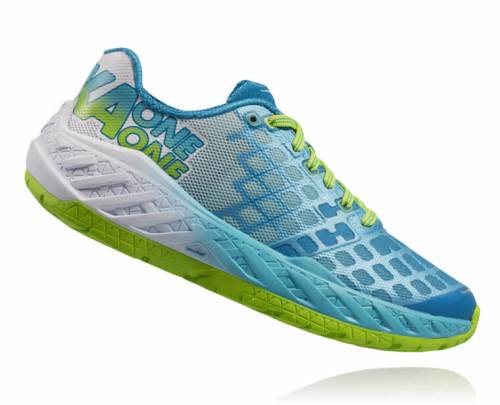
Hoka One One Clayton, $150
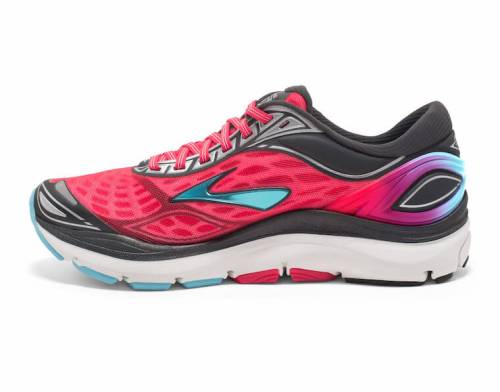
Brooks Transcend 3, $170

New Balance Fresh Foam 1080, $150

Nike LunarEpic Low Flyknit, $160
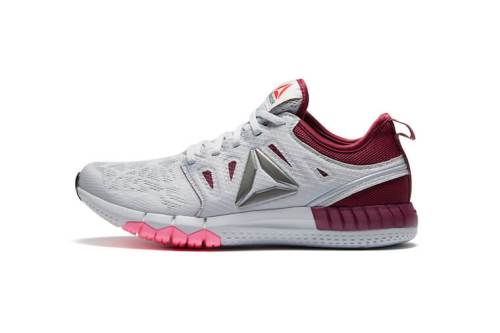
Reebok ZPrint 3D, $90
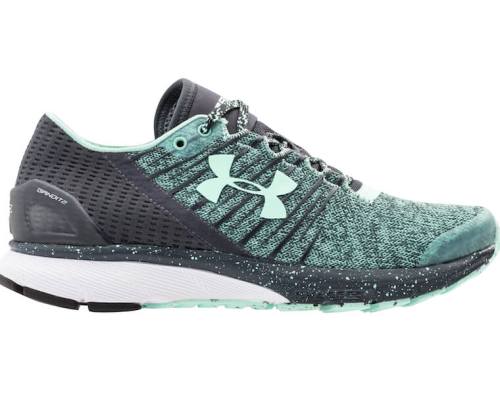
Under Armour Charged Bandit 2, $100
Ready to hit the road in your new sneaks? Here are the 50 coolest races you can run this year. And why not rock some cute shorts while you still can? After all, it’ll be leggings season soon enough.
Sign Up for Our Daily Newsletter
Get all the latest in wellness, trends, food, fitness, beauty, and more delivered right to your inbox.
Got it, you've been added to our email list.


